10 ways to reduce your Amazon pick and pack fees
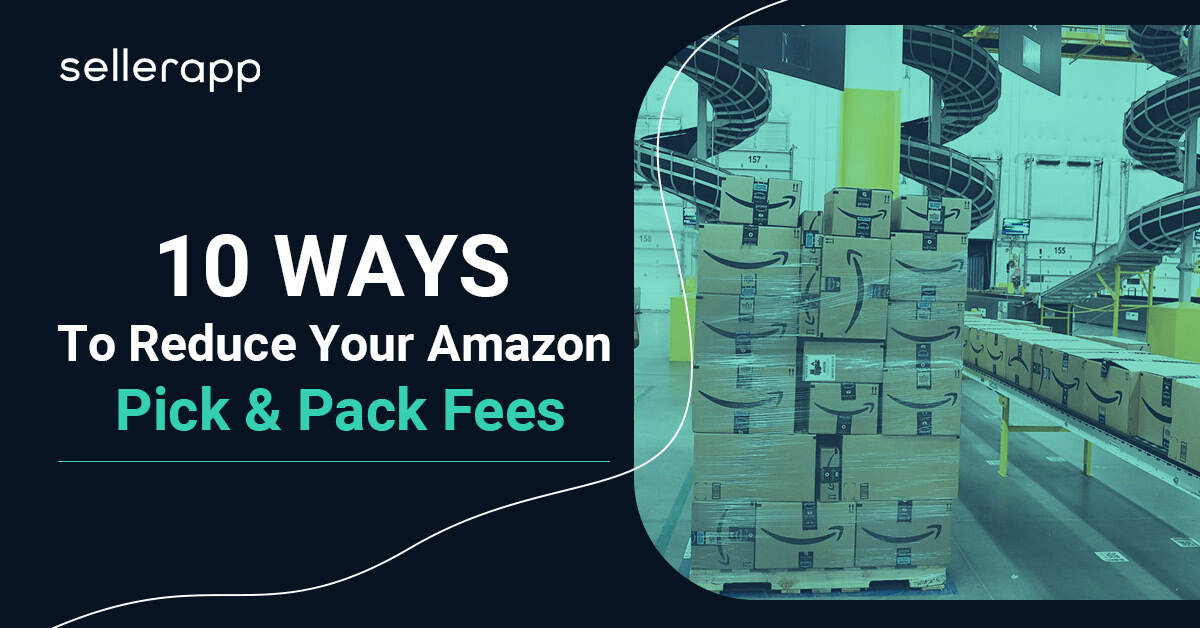
If you are an Amazon seller, you might be familiar with the pick-and-pack fees. As expenses continue to rise with inflation, these fees can really add up and eat into your profits, so it is important to know how to reduce them.
With a few best practices and tips, you can definitely run a business that’s set up for success.
Jeena is selling a unique product – a mini-sized handmade toy. When she first started selling the product on Amazon, the weight of the product is less than 10 pounds and the dimensions are narrower than 10 inches, Amazon charged her a fee of $2.50.
She wrapped the product with a bubble wrapper and some customized protective wrap. So the product weight increased to 10 pounds and the dimensions expanded to wider than 10 inches. Therefore, Amazon charged her a fee of $10.00.
The bottom line?
She’s now losing nearly 50% because of the pick-and-pack fee.
So, how can Jeena lower her pick and pack fee?
This article will discuss ten strategies to help you reduce your Amazon pick and pack fees and efficiently manage your fulfillment operations.
Here is a Quick Guide
- Automate your pick and pack process
- Have a professional a/c
- Take advantage of FBA
- Free shipping with SFP Seller Fulfilled Prime
- Utilize Multi-Channel Fulfillment to take advantage of bulk discounts
- Negotiate lower shipping rates with your carriers
- Label your products accurately
- Use minimal materials for packaging
- Optimize products for maximum space
- Do all the necessary prep beforehand
- Conclusion
Automate your pick-and-pack process
The most effective way to lower Amazon pick and pack fees is to automate the process.
Printing shipping labels: The products will be pre-printed before the employees come in. So employees don’t have to print it themselves. The printing process is automated.
Get the right order fulfillment software: This software automates the decision-making for shipping carriers. You have to only choose the box size and packing material according to your product. You have standardized the software so that your team doesn’t have to select in every order.
Optimize the warehouse layout: This will make a huge difference in developing an efficient pick and pack process.
These will help you streamline the process and minimize the amount of time and resources required to pick up and pack orders.
You should have an Amazon Professional Seller Account
The Amazon Professional Seller account has a monthly subscription fee of $39.99, whereas the Amazon Individual Seller account doesn’t have any monthly subscription fee. You may consider the Amazon Individual Seller plan, but if you plan to sell more than 40 products then we would suggest Amazon Professional seller account is the best option.
It is because you won’t have to pay $0.99 per item when an item is sold. In addition, as a seller with a professional account, you can have a variety of other benefits, like can be eligible for a Buy box, can manage your inventory, etc.
Take advantage of FBA
Taking advantage of Fulfillment by Amazon (FBA) is like making the best out of the warehouse and distribution network to store and ship your product. With Amazon FBA you don’t have to spend money on warehousing and shipping the product.
They pick, pack and ship your product to customers on behalf of the sellers. Also, you can take advantage of Amazon Prime, which offers two-day shipping to customers, increasing the probability of sales.
To lower the fees, you will need to calculate your FBA fees. You can use SellerApp’s free FBA calculator to calculate your FBA fees and Amazon profits.
Free shipping with SFP
Seller Fulfilled Prime (SFP) is a program from Amazon that allows third-party sellers to fulfill orders using their own warehouses and delivery services. It also gives sellers Amazon “Prime” badge on their products on Amazon’s marketplace. By enrolling in the program and becoming an SFP seller, you can offer your customers free two-day shipping, just like Amazon Prime customers.
Additional Read: How does Seller Fulfilled Prime work
Utilize Multi-Channel Fulfillment to take advantage of bulk discounts
Utilizing Multi-Channel Fulfillment (MCF) can lower your pick-and-pack fee by allowing you to purchase your items in larger quantities. When you purchase in bulk, you typically get a discounted rate for the items, which helps to reduce the cost of your pick-and-pack fees.
Also, purchasing in bulk can also save on shipping costs as you can ship items in a single package, rather than paying multiple shipping rates. Additionally, you will be able to take advantage of lower storage fees as you won’t need to store multiple smaller orders.
If you need to know more about the benefits of Multi-Channel Fulfillment, watch this video
Benefits of Amazon Multi-Channel Fulfillment – SellerApp
Negotiate lower shipping rates with your carriers
It can take years to evaluate, track and revise the overhead charges for efficiency. So here are some examples for your organization to consider.
Try to move into a warehouse with the right size, and consider investing in pre-owned warehouse shelves to save costs and make the most of your space.
Try negotiating to lower the rent or utilities
As you grow, the scope of fixed costs becomes a smaller percentage of total expenses than variable expenses and your attention has to focus on reducing the costs that affect your business the most.
Keep in mind that these costs can be more difficult to reduce, and their impact can also be spread across all orders.
You don’t have to reduce your cost because it isn’t necessarily going to check the quality of your fulfillment process.
Trying to manage these expenses in conjunction with improving customer satisfaction and loyalty is a challenge but it will help you to stand out from the competition. To optimize your fulfillment process and grow your customer base, you need an improved order management system, along with the tips you’ve picked up here.
Recommended read: What is Amazon FBA small and light?
Label your products accurately
Labeling your products accurately helps Amazon to quickly locate, retrieve, and package them for shipping. If the labels are inaccurate, Amazon may spend more time and resources to locate and package the product, thus resulting in higher pick and pack fees. Additionally, accurate labeling helps ensure that Amazon sends the right product to the right customer.
Use minimal materials for packaging
Minimize the materials used for packaging because it reduces the amount of labor and resources required to package and ship products, which can have a significant impact on costs. There are different ways in which you can minimize your packaging cost.
Here are some of the ways:
Select the suitable materials:
The most effective way to minimize packaging materials is to select the most suitable materials for the products being shipped. This means selecting packaging materials that are the right size, shape, and strength for the items being shipped. This can help to reduce the number of packaging materials required and make the packaging process more efficient.
Reusable materials:
Another way to minimize packaging materials is to make use of reusable materials. This can include using returnable and reusable containers and pallets, as well as using bubble wrap and other cushioning materials more than once. Reusing materials can help to reduce the number of resources and energy required to package and ship products.
Use fewer protective layers:
It is also possible to reduce packaging materials by using fewer protective layers. For example, using fewer layers of bubble wrap or thinner and lighter materials can help reduce overall packaging costs.
Optimize products for maximum space
Amazon’s pick and pack fees are based on the size and weight of the products you offer, so optimizing your products for maximum space is a great way. To do this, start by understanding the size restrictions for each item that you offer. Amazon’s website offers detailed information about the size restrictions for each product category and inventory type.
Once you have determined the size restrictions for the products you offer, you can start to optimize them for maximum space. Some of the most common ways to do this include using smaller packaging, such as changing from a box to a bag, or changing from a large bottle to a smaller one. You can also use lightweight materials, such as cardboard instead of plastic, and compressible materials, such as foam, to reduce the size of the items.
In addition to using smaller and lighter materials, you can also optimize your products for maximum space by using efficient stacking and packaging techniques. By using the right type of packaging, you can stack items together in a way that maximizes the number of products you can fit into a single package. This helps reduce the overall size of the package, ultimately resulting in lower pick-and-pack fees.
Do all the necessary prep beforehand
Doing the necessary prep beforehand can lower your Amazon pick and pack fees by reducing the time and effort needed to fulfill orders. It can also reduce the number of errors that can occur when manually fulfilling orders. By properly labeling items, organizing them in an easy-to-access format, and pre-packing them, you can reduce the time needed to pick and pack orders, which in turn can reduce the fees associated with these operations.
Additionally, a well-prepared warehouse can help ensure accuracy and reduce the risk of incorrectly picking the product, decreasing your Amazon pick and pack fees.
Keep in mind the following points,
You might take the easy option of paying Amazon to do all the required packaging and prep. But that can be a drawback when:
- Amazon charges fees for every unit they have to prepare for you
- It could take longer for your product to be available for the purchase
- If you take the option to use the manufacturer’s barcode instead of applying an Amazon FNSKU barcode, your inventory can be “commingled” with that of other sellers.
Conclusion
The Amazon Pick and Pack fees are a high cost for sellers and can be a major factor in the overall profitability of a business. However, the tips mentioned in the article can help you reduce the fees and keep your Amazon business running smoothly.
By utilizing Fulfillment by Amazon, investing in more efficient packing materials, and consolidating orders, sellers can reduce their pick-and-pack fees and maximize their profits.
Additionally, sellers should be sure to evaluate their current Amazon FBA fees and look for ways to optimize their business model and save money. Thus, sellers can lower their Amazon Pick and Pack fees and maximize their profits.
Additional Guide:
Strategies CPG brands need to market new product launches on Amazon.
The Power of Digital Shelf Analytics for E-Commerce Success.




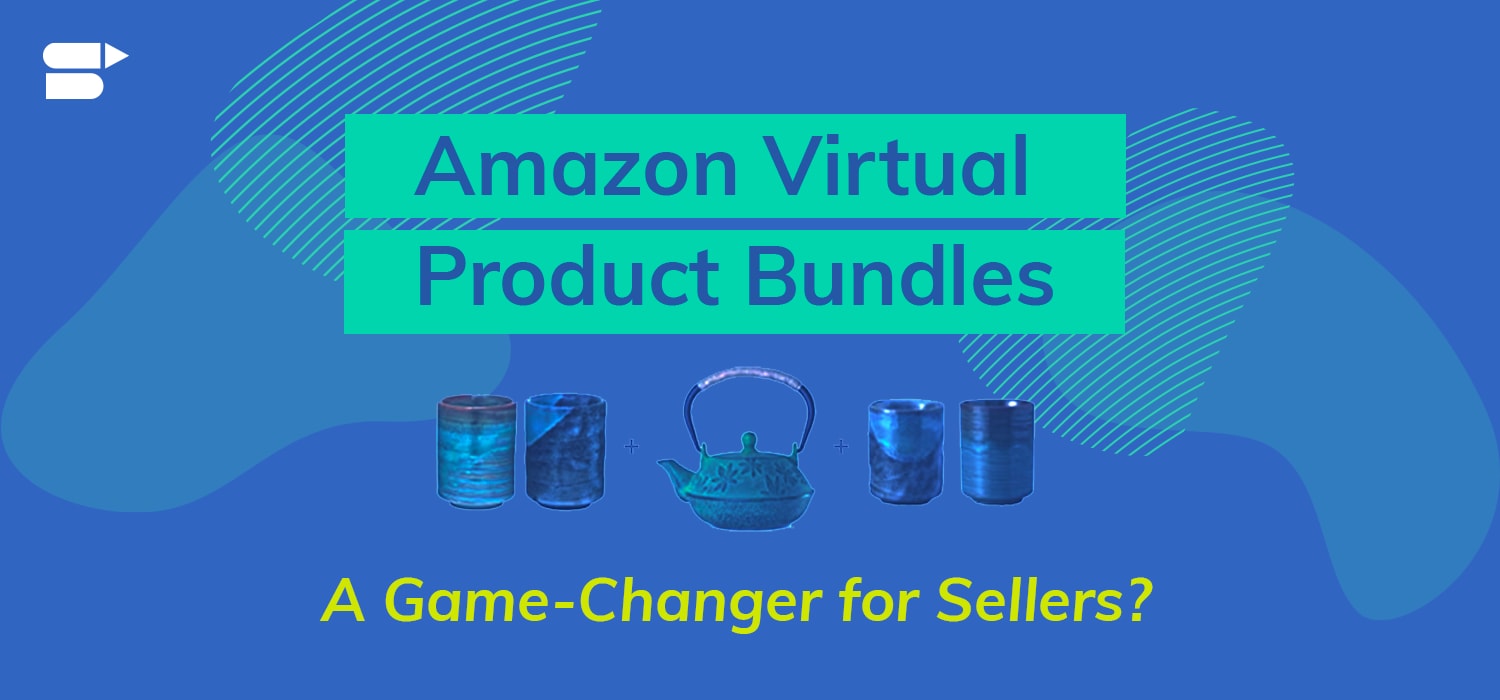
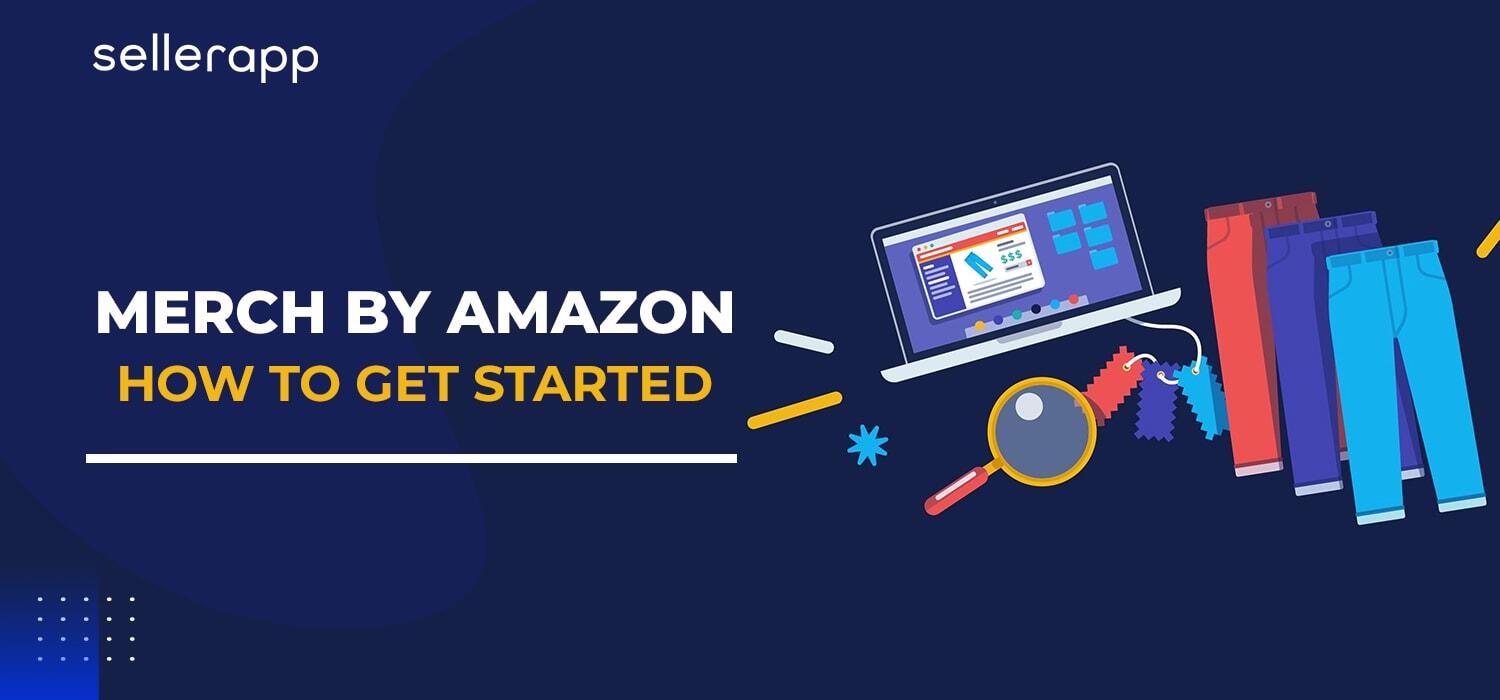
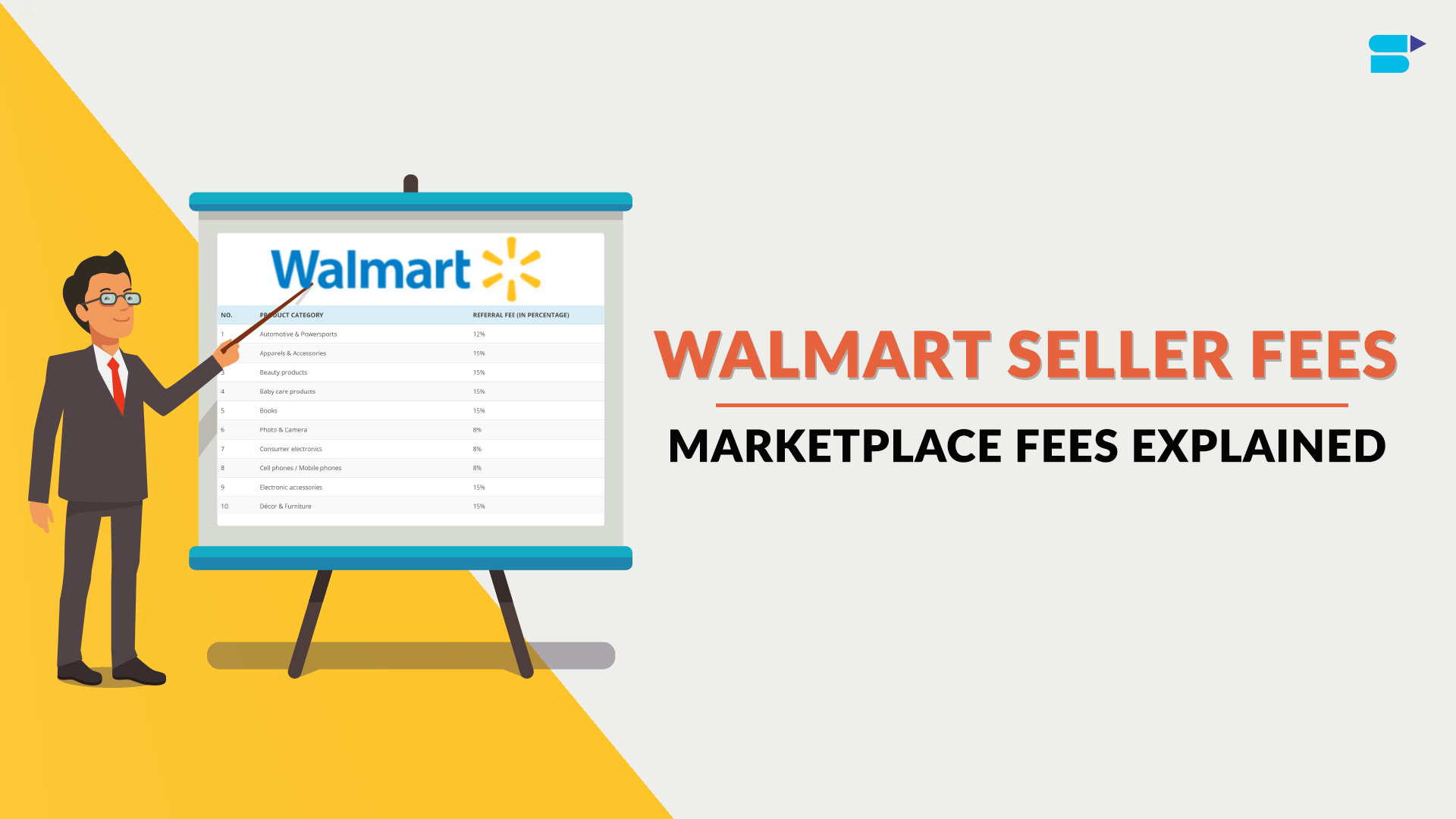
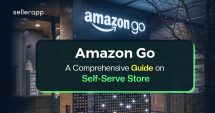
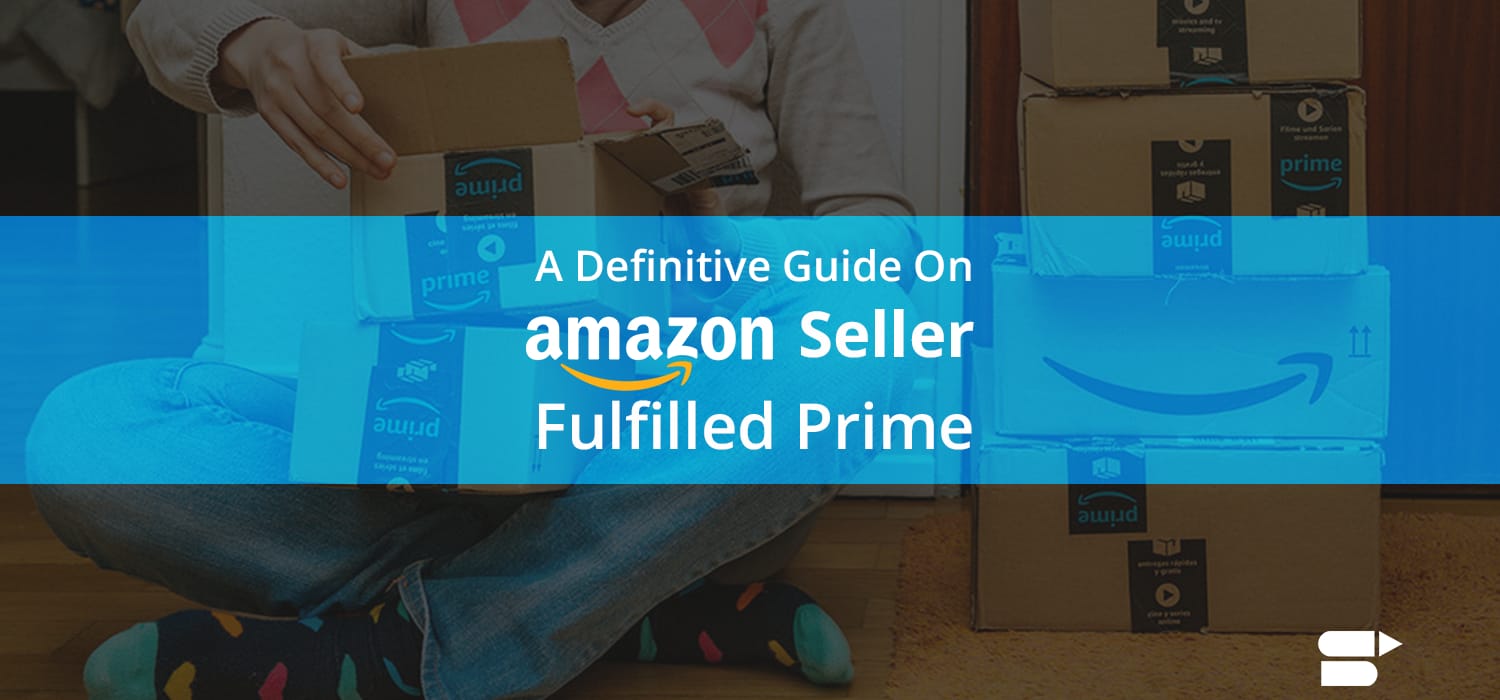
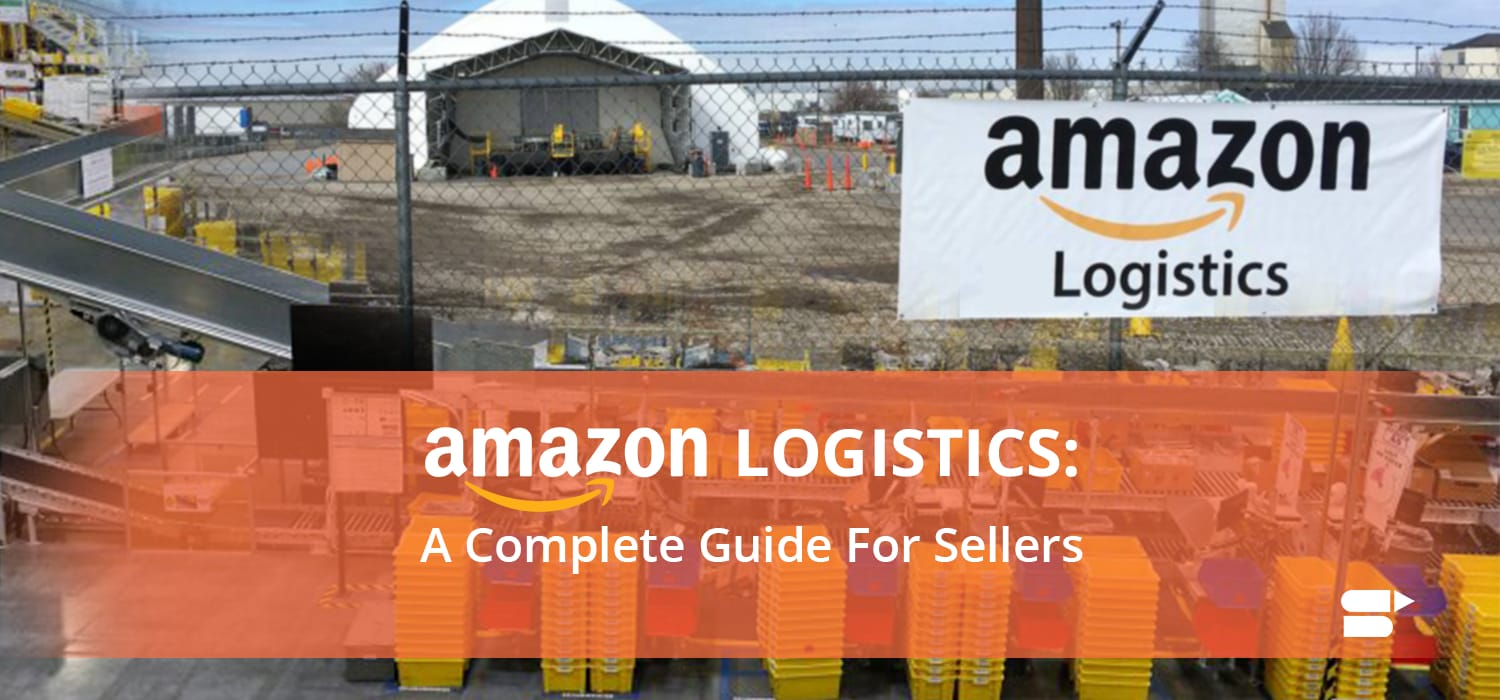
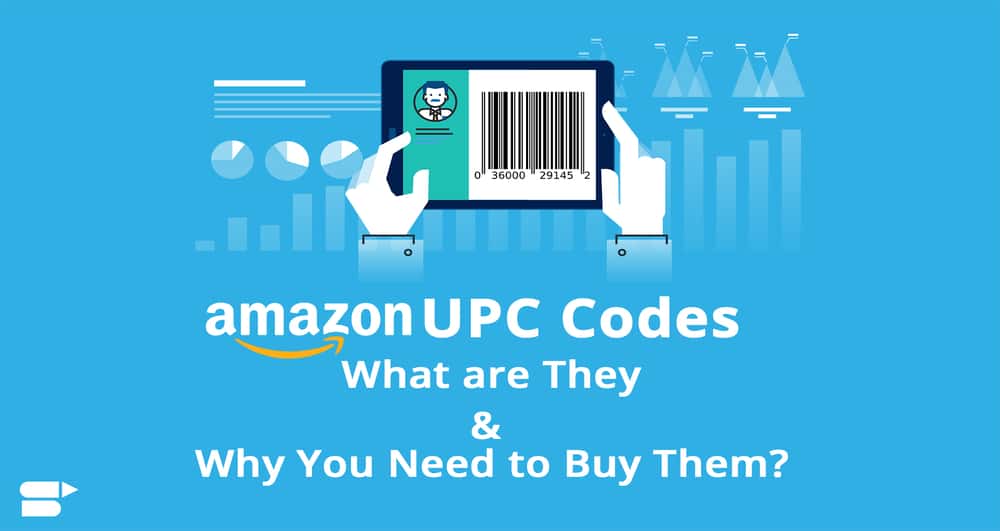
ooper
January 2, 2023Very Informative article, Thanks again
Cynebald
January 2, 2023I like this blog!! It’s a masterpiece for amazon sellers.
Darrel
January 2, 2023well done!! exactly what I was looking for.